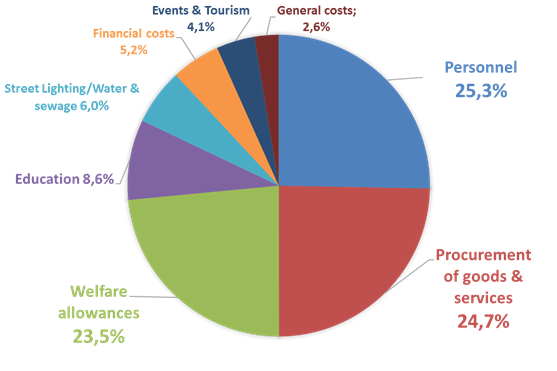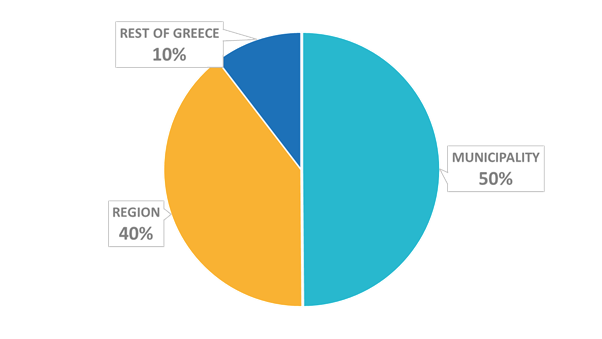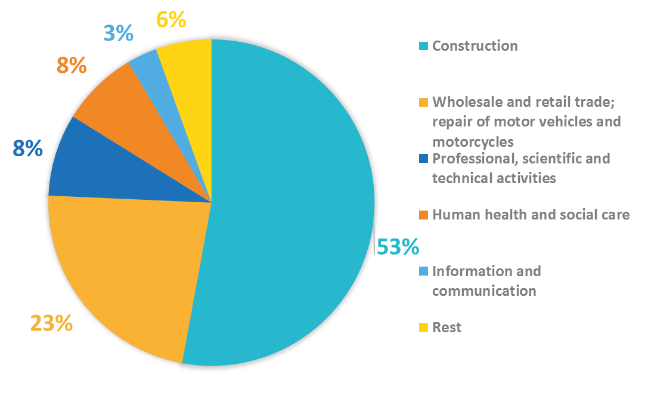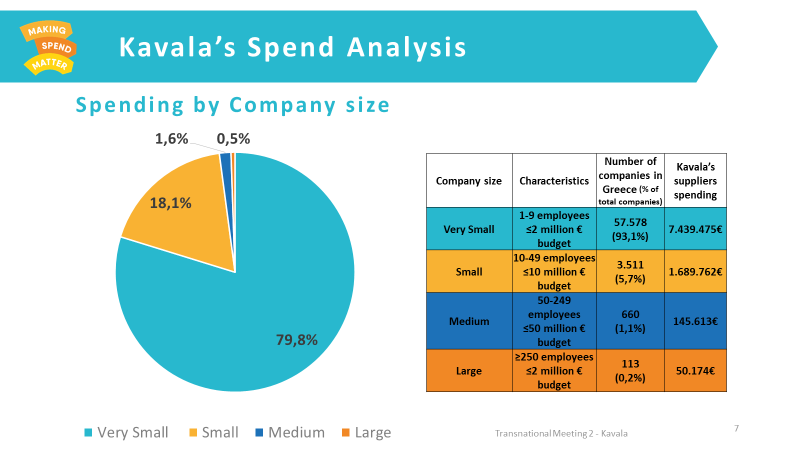Strategic Procurement Spending
Edited on
22 August 2019World populations are increasingly moving from rural to urban environments, as worldwide data confirm. According to the UN, more than half of people around the globe now live in cities and current estimates predict that they will reach 2/3 in the next 15-30 years. Urbanization however exhibits different trends depending on the actual size of the cities. While bigger cities are growing relatively fast, attracting more dwellers, small and medium sized cities/towns (SMSTs) are losing residents and jobs over to the larger ones. There are a variety of drivers to support this trend (modernization of primary and secondary sectors of the economy, specialization of modern workforces, business and infrastructure concentration, etc.), all leading to the concentration of wealth in metropolises and mega-cities.

That is why wealth building is a crucial factor for the sustainable development of SMSTs. According to the US model of the Community Wealth Building approach, there are 8 basic principles that matter the most: labor more than capital, local broad-based ownership, active democratic ownership & participation, economic multipliers, localizing investment, collaboration, place-based strategies and community wealth.
Hence, the Preston model is appearing so relevant for the majority of SMSTs who suffered deindustrialization in the past decades. Traditional city growth models relying on attracting investment for big infrastructure projects seem unable to generate growth the way they did in the past; today, cities should rather focus on upskilling their labour force, digital transformation and understanding how money circulates within the local economy and brings benefit to it.
“Making Spend Matter” project is specifically based on the latter. It explores how to use spend analysis as an evidence tool to enhance the impact of procurement by public/anchor institutio ns in order to bring additional economic, social and environmental benefits to the local economy and its citizens. By analyzing the geographical distribution, company size, production sector and respending patterns of its suppliers, each city can make informed procurement planning for its own benefit.
ns in order to bring additional economic, social and environmental benefits to the local economy and its citizens. By analyzing the geographical distribution, company size, production sector and respending patterns of its suppliers, each city can make informed procurement planning for its own benefit.
Looking at Kavala’s general budget spending areas (image left) we see that for each one of the personnel, procurement spending and welfare allowances cost catego ries the city is spending a quarter of its budget; the remaining quarter consists of spending in the areas of education, street lighting and water & sewage costs, financial costs, events & tourism and general costs.
ries the city is spending a quarter of its budget; the remaining quarter consists of spending in the areas of education, street lighting and water & sewage costs, financial costs, events & tourism and general costs.
Using the tool of spend analysis into that 24,7% of the general budget we realize that Kavala is spending 50% of its procurement of goods and services budget to local companies, a 40% goes to providers based in the Region of East Macedonia & Thrace and only 10% is directed even further to suppliers based in the rest of the country. This means that 50 cents in every euro is leaking out from the local eco nomy (a relatively low leakage if someone would compare it with results coming from other project partners).
nomy (a relatively low leakage if someone would compare it with results coming from other project partners).
As far as the sector analysis of procurement spending is concerned, more than half of the expenditure is directed to the construction sector while almost a quarter is spent on wholesale and retail products & maintenance of vehicles. At the same time, only 3% is oriented towards the ICT sector.
In regard to the providers company size, almost 80% of the money goes to very small companies and 18,1% to small ones. It’s just the 1,6% and 0,5% that is spent to medium and large companies respectively, percentages that are in accordance with nationwide statistics.
The even more interesting part of the analysis is yet to come (respend analysis/local multiplier effect) where the tool focuses on what suppliers of goods and services do with the money they receive from the municipality. In other words, we will examine how long each euro stays within the local economy and how much it adds to it before leaking out to other economies.
Making Spend Matter though is not just about affecting public spending. By making local governments an informed buyer and potential providers informed sellers, it promotes the collaborative procurement and thus collaborative governance model. This goes beyond simply involving the “relevant stakeholders” in an ad hoc basis but expands to widely engaging the whole community. Procurement could definitely serve as a test-bed for the more participatory forms of local government.
 Submitted by Alison Taylor on
Submitted by Alison Taylor on
